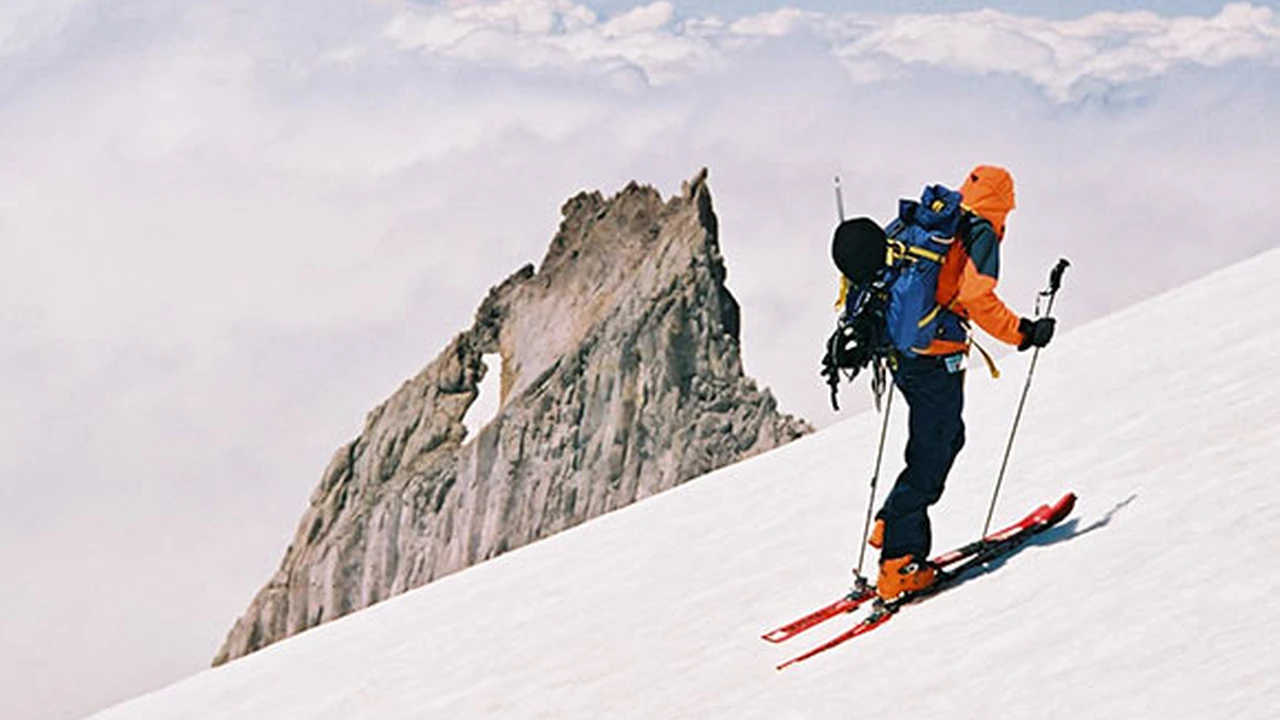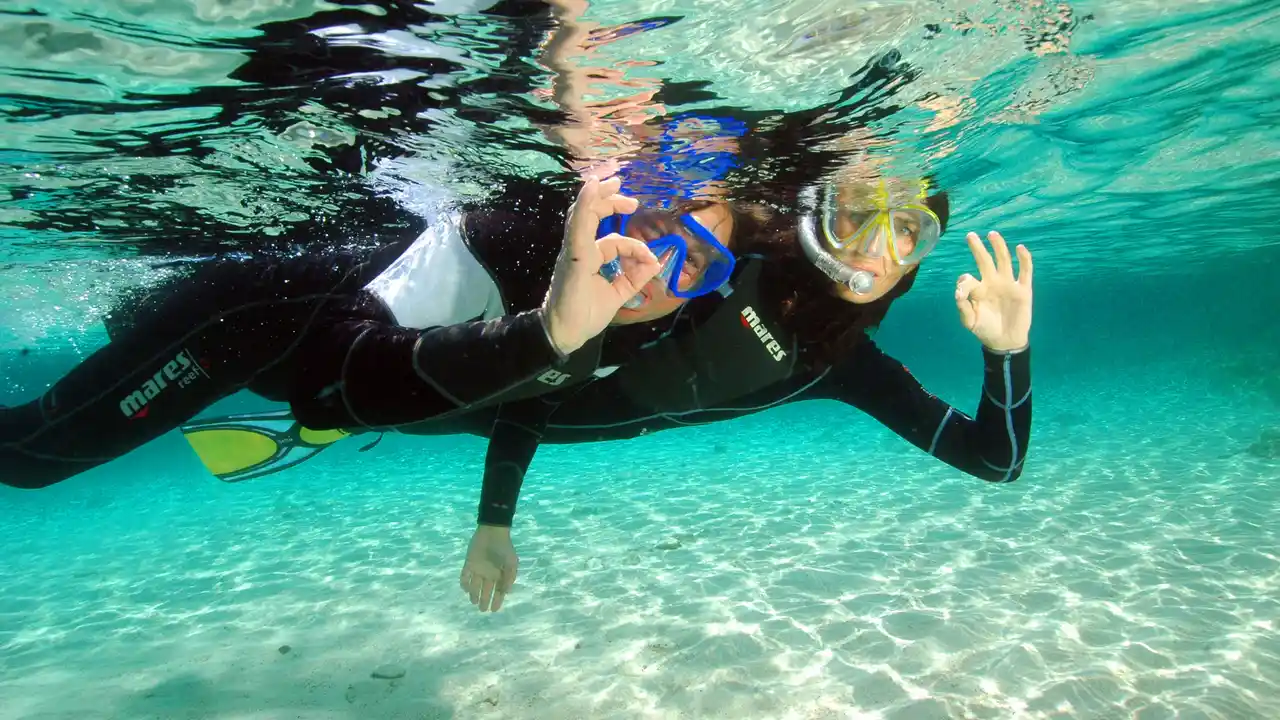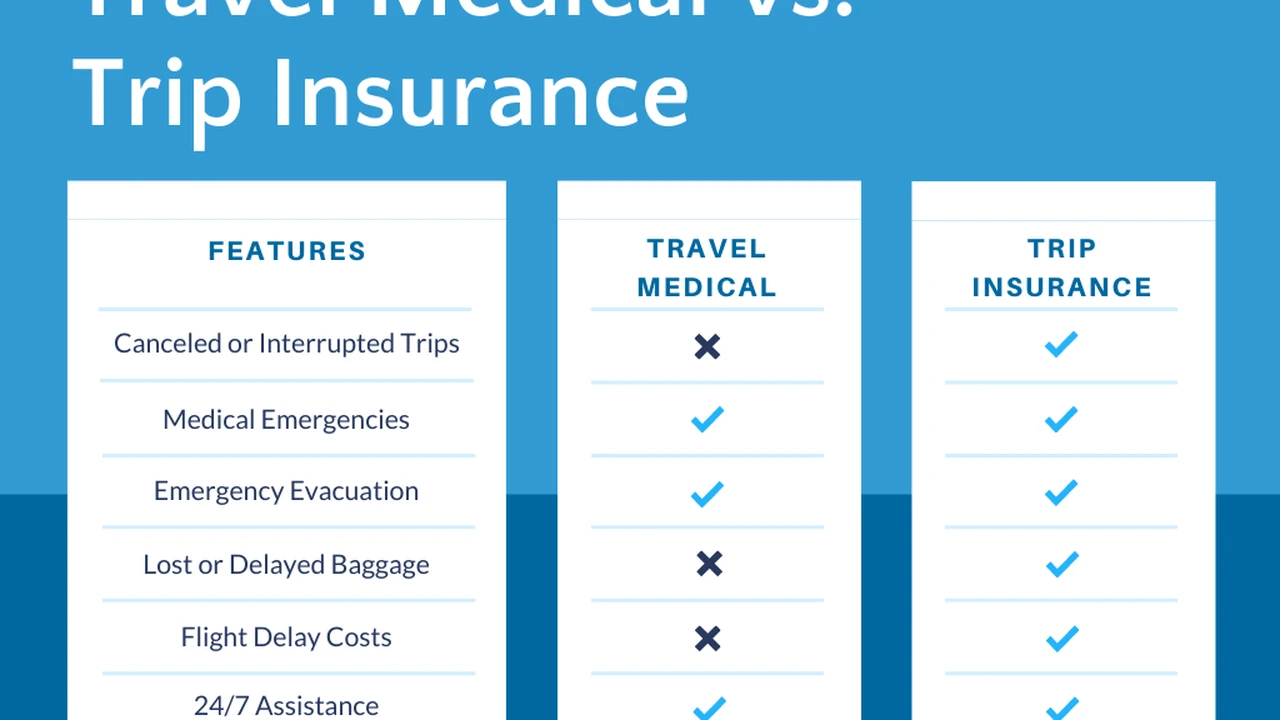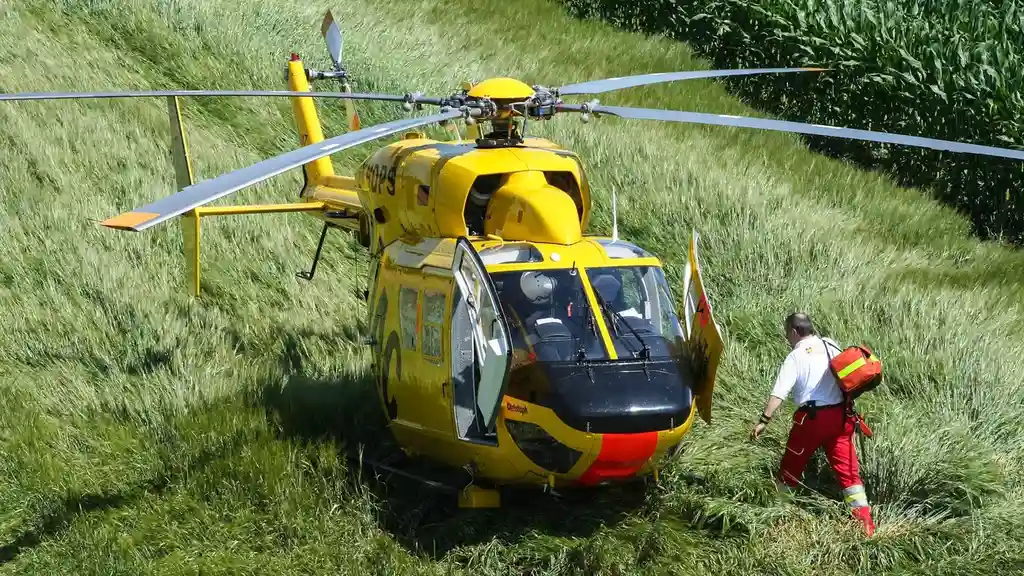Mountaineering Insurance: Coverage & Best Providers
Mountaineering presents extreme risks Discover the best mountaineering insurance providers Get the coverage you need for a safe and successful expedition

So, you're planning a mountaineering expedition? Awesome! But before you start packing your crampons and ice axe, let's talk about something crucial: mountaineering insurance. It's not the most glamorous part of planning, but it's absolutely essential. Think of it as your safety net when things go sideways – and in mountaineering, they sometimes do. We're going to dive deep into what mountaineering insurance covers, why you need it (even if you already have travel or health insurance), and which providers are the best in the business.
Why You Absolutely Need Mountaineering Insurance Even With Existing Coverage
Okay, let's address the elephant in the room. You might be thinking, "I already have health insurance, and I have travel insurance. Do I really need mountaineering insurance?" The answer is a resounding yes! Here's why:
- Standard Health Insurance Limitations: Your regular health insurance might not cover you adequately in remote, high-altitude environments. Many policies have geographical limitations or exclusions for extreme sports. Getting medevac from a remote mountain location can cost tens of thousands of dollars – are you sure your health insurance will foot that bill? Probably not.
- Travel Insurance Gaps: Travel insurance is great for lost luggage and canceled flights, but it often falls short when it comes to the specific risks of mountaineering. Think about it: are you covered for helicopter rescue, specialized medical treatment for altitude sickness, or the loss of expensive climbing gear? Most standard travel policies won't cover these.
- Specialized Coverage: Mountaineering insurance is designed for the unique hazards of climbing. It typically includes coverage for:
- Search and Rescue: Helicopter evacuation, mountain rescue teams, and other emergency services.
- Medical Expenses: Treatment for injuries, altitude sickness, frostbite, and other mountain-related ailments.
- Repatriation: Getting you back home if you're seriously injured or ill.
- Gear Loss or Damage: Replacing expensive climbing equipment that's lost, stolen, or damaged.
- Trip Cancellation/Interruption: Reimbursing you for non-refundable expenses if your trip is canceled or interrupted due to unforeseen circumstances.
- Peace of Mind: Let's be honest, mountaineering is inherently risky. Knowing you have comprehensive insurance allows you to focus on the climb, not on worrying about what happens if something goes wrong. That peace of mind is priceless.
Essential Mountaineering Insurance Coverage Details
Now, let's break down the key elements you should look for in a mountaineering insurance policy:
- High Altitude Coverage: Make sure the policy covers you at the specific altitude you'll be climbing. Some policies have altitude limits.
- Medical Evacuation: This is non-negotiable. Check the coverage amount and ensure it's sufficient to cover a helicopter rescue from a remote location. Aim for at least $200,000 - $500,000 in coverage.
- Search and Rescue: Similar to medical evacuation, this covers the cost of search and rescue teams.
- Repatriation of Remains: A morbid thought, but important. This covers the cost of transporting your remains home if the worst happens.
- Gear Protection: Climbing gear is expensive! Make sure the policy covers the loss, theft, or damage of your equipment. Check the coverage limits and deductible.
- Trip Cancellation/Interruption: Look for coverage that reimburses you for non-refundable expenses if your trip is canceled due to illness, injury, or other unforeseen circumstances.
- Personal Liability: This covers you if you accidentally injure someone else or damage their property.
- Accidental Death and Dismemberment (AD&D): Provides a lump-sum payment in the event of death or serious injury.
- 24/7 Emergency Assistance: Crucial for getting help in a timely manner, no matter where you are in the world.
Top Mountaineering Insurance Providers: Reviews and Comparisons
Okay, let's get down to brass tacks. Here are some of the top mountaineering insurance providers, along with their pros, cons, and approximate costs:
1. Global Rescue: The Gold Standard for Mountaineering Insurance
Overview: Global Rescue is widely regarded as the gold standard in mountaineering insurance. They specialize in providing comprehensive coverage for high-risk activities, including search and rescue, medical evacuation, and emergency medical care. They have a strong reputation for their responsiveness and expertise in handling complex emergencies.
Pros:
- Unmatched Search and Rescue: Global Rescue owns and operates its own fleet of aircraft and has a network of experienced rescue personnel worldwide. They can deploy quickly to remote locations.
- Comprehensive Medical Coverage: Excellent coverage for medical expenses, including altitude sickness and other mountain-related ailments.
- 24/7 Emergency Assistance: Highly responsive and knowledgeable emergency assistance team.
- No Altitude Restrictions: Covers you at any altitude.
- Direct Billing: They often handle billing directly with medical providers, so you don't have to pay out-of-pocket.
Cons:
- Expensive: Global Rescue is one of the more expensive options.
- Limited Trip Cancellation Coverage: Their focus is primarily on medical and rescue coverage, so their trip cancellation benefits might be less comprehensive than other providers.
Example Policy and Cost: A Global Rescue membership for a two-week mountaineering expedition to Denali might cost around $700-$1200, depending on the level of coverage.
Specific Product Recommendation: Global Rescue's "Signature Travel Insurance" plan is specifically designed for high-risk activities and provides the most comprehensive coverage.
Ideal Use Case: Serious mountaineers undertaking challenging expeditions to remote locations where medical evacuation is likely to be complex and expensive.
2. World Nomads: A Popular Choice for Adventurous Travelers
Overview: World Nomads is a popular choice for adventurous travelers, including mountaineers. They offer flexible policies that can be customized to your specific needs. They are known for their user-friendly website and easy claims process.
Pros:
- Affordable: Generally more affordable than Global Rescue.
- Flexible Policies: You can customize your coverage to include specific activities and destinations.
- Easy to Use Website: Simple and intuitive website for purchasing and managing your policy.
- Covers a Wide Range of Activities: Covers many adventure activities, including mountaineering (check the specific policy details).
Cons:
- Lower Coverage Limits: Coverage limits for medical evacuation and other benefits might be lower than Global Rescue.
- Altitude Restrictions: Some policies have altitude restrictions.
- Claims Process Can Be Slower: Some users have reported that the claims process can be slower than other providers.
Example Policy and Cost: A World Nomads "Explorer Plan" for a two-week mountaineering trip in the Alps might cost around $300-$500.
Specific Product Recommendation: World Nomads "Explorer Plan" is their most comprehensive plan and includes coverage for mountaineering. Be sure to carefully review the policy wording to confirm coverage for your specific activities and altitude.
Ideal Use Case: Mountaineers undertaking less extreme expeditions or those on a tighter budget who still want good coverage.
3. IMG Signature Travel Insurance: A Balance of Coverage and Cost
Overview: IMG Signature Travel Insurance offers a range of travel insurance plans, including options that cover adventure activities like mountaineering. They provide a good balance of coverage and cost, making them a popular choice for many travelers.
Pros:
- Competitive Pricing: Generally offers competitive pricing compared to other providers.
- Good Coverage Options: Offers decent coverage for medical expenses, evacuation, and trip cancellation.
- 24/7 Assistance: Provides 24/7 emergency assistance services.
Cons:
- Policy Wording Can Be Complex: The policy wording can be complex, so it's important to read it carefully.
- Customer Service Reviews: Some customer service reviews are mixed.
- Altitude Restrictions: Some plans may have altitude restrictions, so check the details carefully.
Example Policy and Cost: An IMG Signature Travel Insurance plan for a two-week mountaineering trip to Kilimanjaro might cost around $250-$400.
Specific Product Recommendation: IMG's "Platinum" plan offers the most comprehensive coverage for adventure activities.
Ideal Use Case: Mountaineers looking for a good balance of coverage and cost, who are willing to carefully review the policy details.
4. Travel Guard: A Well-Known and Reputable Provider
Overview: Travel Guard is a well-known and reputable travel insurance provider that offers a variety of plans, some of which can be customized to include coverage for adventure activities. They have a long history in the industry and a strong reputation for customer service.
Pros:
- Reputable Company: Long-standing and well-respected travel insurance provider.
- Good Customer Service: Generally positive customer service reviews.
- Customizable Plans: Offers customizable plans to fit your specific needs.
Cons:
- Can Be More Expensive: Can be more expensive than some other options.
- Adventure Activity Coverage Varies: Coverage for adventure activities can vary depending on the plan, so it's important to check the details carefully.
- Altitude Restrictions: May have altitude restrictions on some plans.
Example Policy and Cost: A Travel Guard "Deluxe" plan for a two-week mountaineering trip in South America might cost around $400-$600.
Specific Product Recommendation: Travel Guard's "Deluxe" plan with the "Adventure Sports" add-on can provide good coverage for mountaineering.
Ideal Use Case: Mountaineers who value reputation and good customer service and are willing to pay a bit more for peace of mind.
Comparing Mountaineering Insurance Plans: A Quick Guide
To help you make a decision, here's a quick comparison table:
| Provider | Price (Approximate) | Medical Evacuation Coverage | Altitude Restrictions | Key Features | Ideal For |
|---|---|---|---|---|---|
| Global Rescue | $$$$ | Excellent (Unlimited) | None | Best-in-class search and rescue, direct billing | Serious mountaineers, remote expeditions |
| World Nomads | $$ | Good (Check Policy) | Possible (Check Policy) | Affordable, flexible, easy to use | Less extreme expeditions, budget-conscious |
| IMG Signature Travel Insurance | $$$ | Good (Check Policy) | Possible (Check Policy) | Competitive pricing, good coverage options | Balance of coverage and cost |
| Travel Guard | $$$ | Good (Check Policy) | Possible (Check Policy) | Reputable company, good customer service | Value reputation, good customer service |
Note: Prices are approximate and can vary depending on your age, destination, trip length, and other factors. Always get a quote from each provider for your specific trip.
Before You Buy: Key Considerations and Questions to Ask
Before you pull the trigger on a mountaineering insurance policy, here are a few key things to consider and questions to ask:
- Read the Fine Print: This is crucial! Understand the policy's exclusions, limitations, and deductible. Don't just skim it – read it carefully.
- Check the Altitude Limits: Make sure the policy covers you at the altitude you'll be climbing.
- Verify Activity Coverage: Confirm that the policy specifically covers mountaineering, including the specific activities you'll be undertaking (e.g., ice climbing, glacier travel).
- Understand the Claims Process: Know how to file a claim and what documentation you'll need.
- Ask About Pre-Existing Conditions: If you have any pre-existing medical conditions, disclose them to the insurance provider and make sure they are covered.
- Inquire About Emergency Assistance Services: Find out how to contact the emergency assistance team and what services they provide.
- Compare Quotes: Get quotes from multiple providers to compare coverage and prices.
Specific Product Recommendations with Pricing and Scenarios
To give you a better idea of how these policies work in practice, let's look at some specific product recommendations with pricing and scenarios:
- Scenario 1: Denali Expedition (High Risk, Remote Location)
- Recommended Policy: Global Rescue Signature Travel Insurance
- Approximate Cost: $900-$1500 for a 3-week expedition
- Scenario: A climber develops severe altitude sickness and requires helicopter evacuation from a remote camp. Global Rescue coordinates the evacuation and covers the cost of the helicopter, medical treatment, and repatriation.
- Scenario 2: Kilimanjaro Climb (Moderate Risk, Popular Destination)
- Recommended Policy: World Nomads Explorer Plan
- Approximate Cost: $350-$550 for a 10-day trek
- Scenario: A climber suffers a broken ankle during the descent and requires medical treatment. World Nomads covers the cost of the medical treatment and any necessary follow-up care.
- Scenario 3: Aconcagua Climb (High Altitude, Moderate Risk)
- Recommended Policy: IMG Signature Travel Insurance (Platinum Plan)
- Approximate Cost: $400-$700 for a 3-week expedition
- Scenario: The climber's gear is lost in transit. IMG covers the cost of replacing the essential climbing equipment.
Disclaimer: The information provided here is for general guidance only and should not be considered as professional financial or insurance advice. Always consult with a qualified insurance professional to determine the best coverage for your specific needs.
The Bottom Line: Don't Leave Home Without It
Mountaineering is an incredible experience, but it's also inherently risky. Don't gamble with your health and safety. Invest in comprehensive mountaineering insurance to protect yourself from the unexpected. Do your research, compare providers, and choose a policy that meets your specific needs. Happy climbing!
:max_bytes(150000):strip_icc()/277019-baked-pork-chops-with-cream-of-mushroom-soup-DDMFS-beauty-4x3-BG-7505-5762b731cf30447d9cbbbbbf387beafa.jpg)






